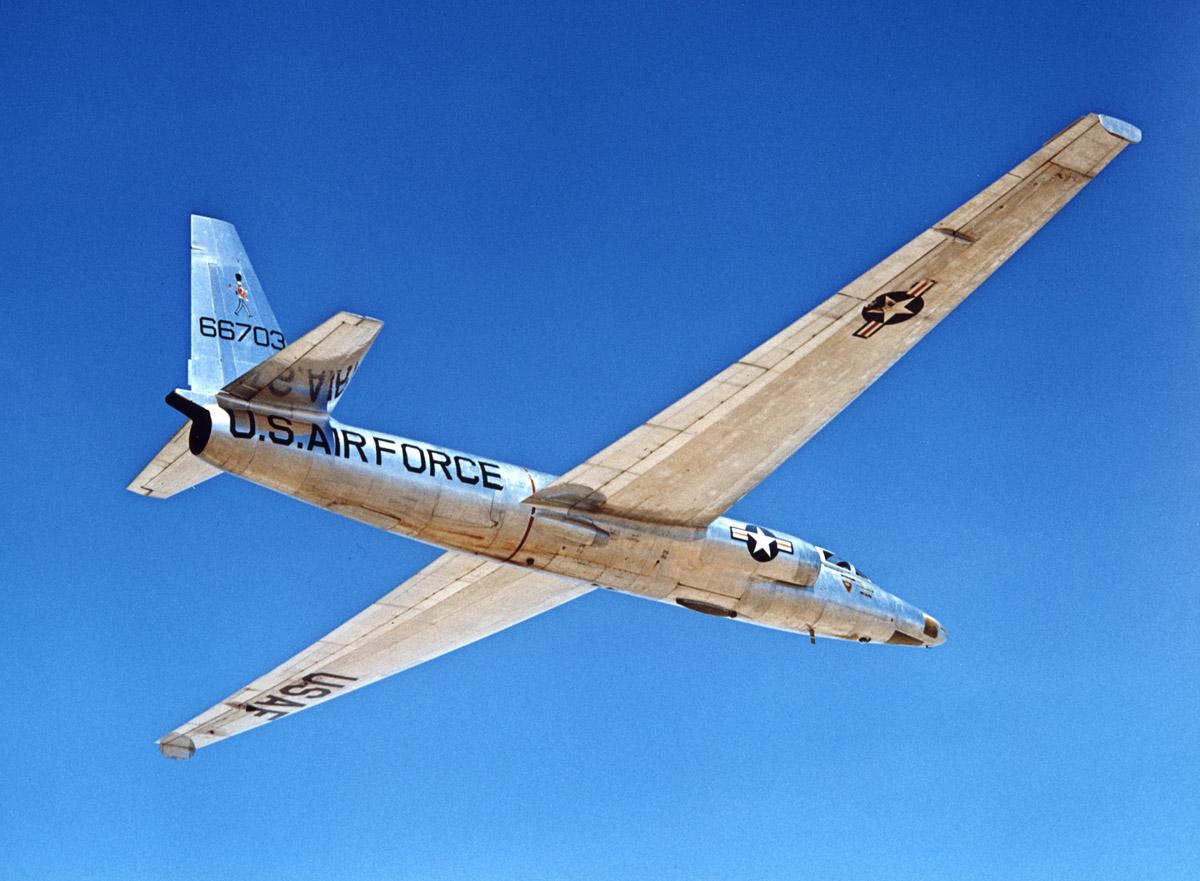
The U.S. Air Force for the first time flew a Lockheed Martin U-2 Dragon Lady with the use of an artificial intelligence (AI) algorithm on Dec. 15.
A human pilot referenced as a major with the call sign “Vudu,” flew the aircraft assigned to the 9th Reconnaissance Wing at Beale AFB in California, while the algorithm named “ARTUµ” conducted sensor employment, tactical navigation and coordinated with the pilot on a reconnaissance mission during a simulated missile strike. After takeoff, ARTUµ took control of the sensor and was charged with finding enemy launchers, while the pilot watched for threatening aircraft. Both shared the radar; the U-2 uses Raytheon’s Advanced Synthetic Aperture Radar System. The enemy was a competing dynamic computer algorithm.
ARTUµ used µZero, “a world-leading computer program that dominates chess, Go, and even video games without prior knowledge of their rules—to operate a U-2 spy plane,” wrote Will Roper, assistant secretary of the Air Force for acquisition, technology and logistics, in a Popular Mechanics op-ed. He had been teasing the Dec. 15 milestone on Twitter for days leading up to the announcement.
“Like a breaker box for code, the U-2 gave ARTUµ complete radar control while ‘switching off’ access to other subsystems,” Roper said. “The design allows operators to choose what AI won’t do to accept the operational risk of what it will.”
ARTUµ actually became the mission commander and final decision maker on the flight, Roper said. To get to that point, the AI system had been through a rigorous training process that included more than half a million computer-simulated training sessions.
The Air Force used its “U-2 Federal Laboratory” to design the technology. According to Roper, the lab “trained µZero’s gaming algorithms to operate a radar—reconstructing them to learn the good side of reconnaissance (enemies found) from the dark side (U-2s lost)—all while interacting with a pilot.”
The service leveraged an open source software containerization tool called Kubernetes, which the Air Force has sought to leverage to speed software development for its aircraft.
In mid-November, a U-2S enabled the Air Force to push a Kubernetes containerized software update to an airborne network, demonstrating that a combat fleet could receive software updates such as new electronic warfare techniques before returning to base.






Comments
Bernard Biales